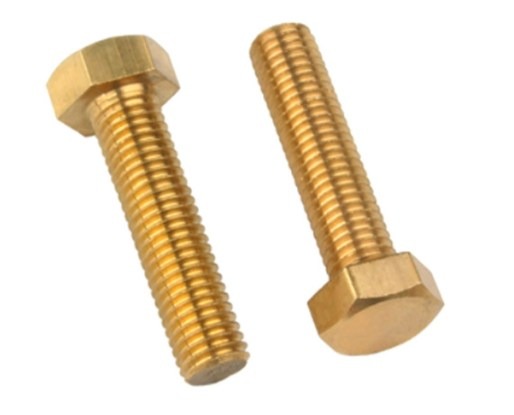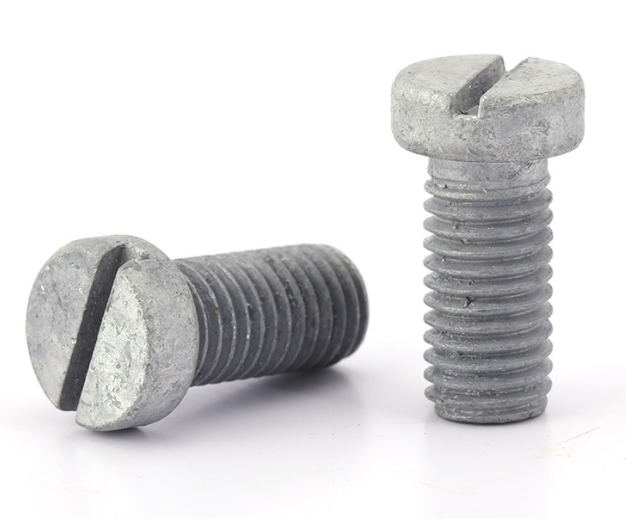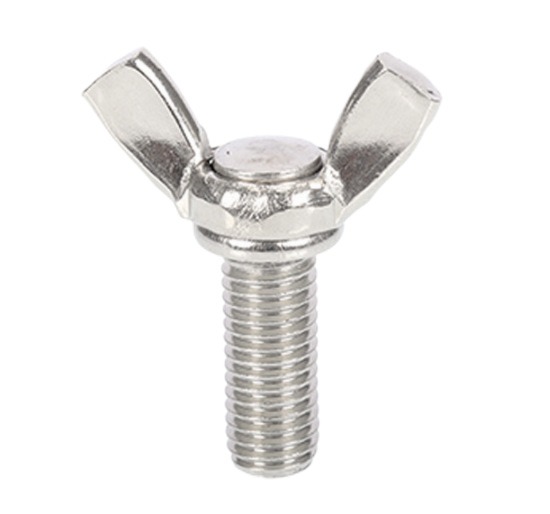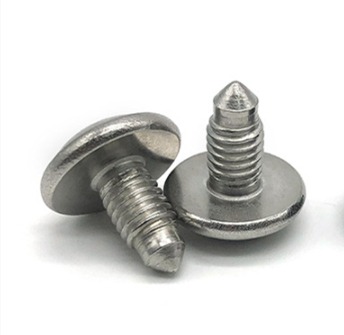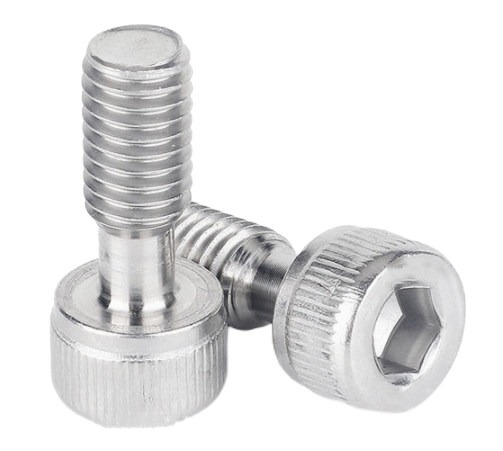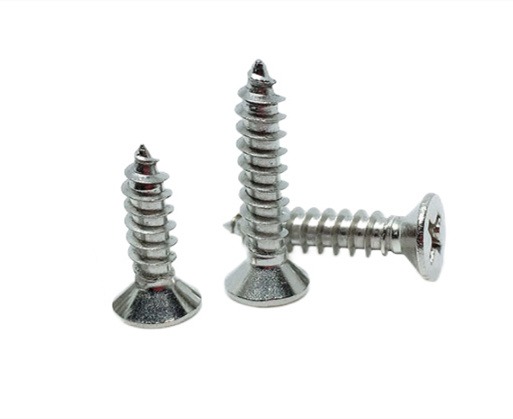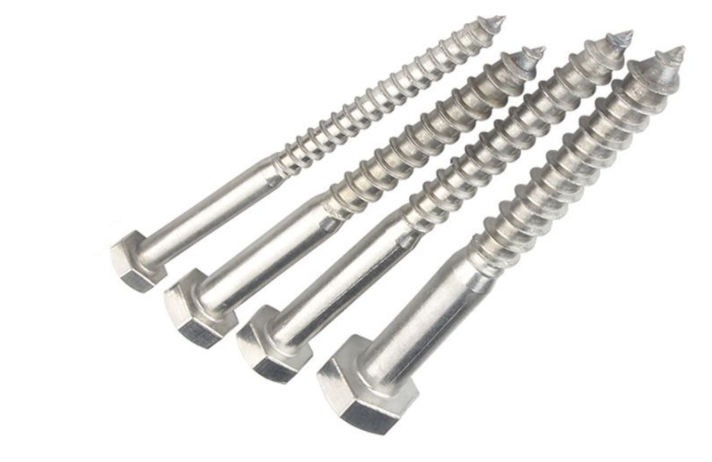4 Differences Between Bolts And Screws That Help You Distinguish Them
Both Bolts and Screws are common connection fasteners with similar threads that are widely used in many fields and equipment for connecting and fastening, this also is the main reason why many customers always mix them while purchasing. Now, here are several differences between bolts and screws that may help you choose the correct products.
What Are Bolts And Screws?
Let’s get to know what is bolt or screw first. Bolt is a kind of fastener that is composed of head and a screw (here only refers to the threaded part) two parts, and it needs to be matched with a nut when tightening two parts of a purple solid connection with through holes. The screw is a class of fasteners composed of two parts of a hill head and screw, it can be divided into 3 types according to the use, machine screw, set screw and special purpose screw.

4 Differences Between Bolts And Screws
1. The connection principle is different
Bolts need to be matched with a nut when fastening two parts of purple solid connections. This connection form is called bolted connection. The two parts can be separated if the nut is unscrewed from the bolt, so the bolted connection is a detachable connection. But screw is directly combined with two objects that don’t need to be matched with a nut, and it is using the objects’ bevel circular rotation and friction of physics and mathematical principles to cycle and gradually tighten objects. The connection of the screw needs to be tapped on the connected part to form a threaded hold, which is generally used for the connection between the thinner part and the thicker part.
2. The structure is different
Both bolts and screws have multiple styles of “head”, but the structure of these two “heads” is different. The “head” of the screw is generally with fastening groove, hex, etc., and the “head” of screws generally keeps the same level with the surface of the workpiece. Besides, some screws with rolling patterns can be tightened by hand, so the size of the screw is smaller. To adapt to the tightened tools, the shape of bolt “head” usually is hexagonal, so the size of bolts is larger.
3. The tools for tightening objects are different
People, in general, use a spanner to tighten the bolts, and usually use a screwdriver to tighten screws. The tightening method is different in that the bolt is that bolts need to match with a nut or screwed into the processed bolts hole.
4. The using occasion is different
The bolts are widely used not only for their convenient disassembly, but also the low processing accuracy, so the accuracy of the bolt is not high, unless meeting the special demands, and the screw in the structure is a relatively tight film, but can not often disassembly, and can not bear large force.
Summary
When using these fasteners, we must understand the specification and standards of their use, so that we can distinguish the size of bolts and screws and where they are used, as well as where these kinds of fasteners will not be used. Hope this above advice can help you choose correct bolts and screws for your needs.

